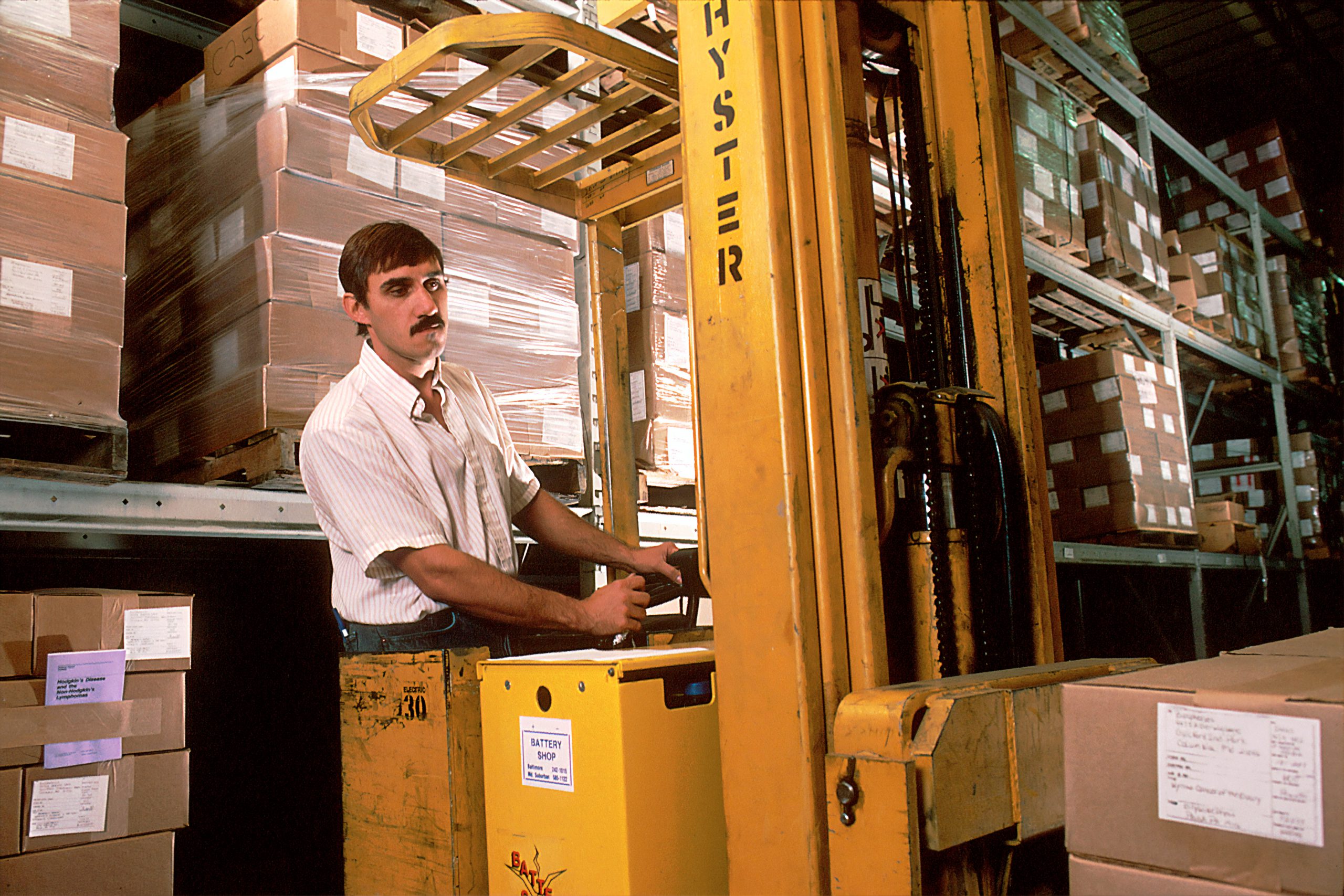Fill rate is the percentage of customer orders that you can fulfill without running out of stock at any given time. A high fill rate is at or near 100%. Indicating that you can fulfill all of your wholesale sales without stockouts, backorders, or lost sales.
If you don’t replenish your inventory regularly, you can end up with a lot of void spaces in your warehouse. That’s because everything just sits there and gets old before you can sell or move to the next available destination.
For example, if your warehouse is full of old product when you have a big order coming in for new product but nothing new arrives in the warehouse yet, your inventory will remain on hand until you get new stock into your warehouse.
Fill Rate definitions
You can track your company’s fill rate at any point during the year to see how well your supply chain manages to satisfy demand. Companies commonly track order fill rate, which is a metric that assesses a company’s ability to fulfill client orders quickly from inventory without having to place things on backorder or miss sales.
But those aren’t the only ways to look at a Fill Rate. There are others definitions, such as:
- Order Rate: One of the most frequent metrics to examine is the order rate, which demonstrates how well firms are able to meet client expectations. When a company gets a high rate, it suggests it can quickly and efficiently fulfill consumer orders.
- Line Rate: Businesses record sales as line items on an order bill when customers submit orders. The percentage of order lines on a bill a company fills out of a total number of order lines is known as the line fill rate.
- Case Rate: This the percentage of product cases that a company ships out of all the product cases it orders. Distributors and wholesalers are the most common users.
- Warehouse Rate: The order fill rate and the warehouse are the same measurement. Out of all customer orders, supply chain managers calculate the percentage of orders they fulfill and ship from their corporate warehouse.
- Vendor Rate: Vendor fill rates are routinely calculated by companies that buy from wholesale and distribution vendors. It is estimated the percentage of vendors who have completed order shipments out of the total number of vendors from whom a company receives orders.
Why it’s important?
You track some measures and quantify your progress using actual statistics, regardless of what niche you operate in. Demand satisfaction rate is one of the most important variables to track in supply chain management. It shows how well you are able to meet customer demand.
Your credibility and product availability are important aspects in establishing long-term relationships with your partners/customers and increasing their loyalty.
This metric measures how well you manage your inventory and make use of data. You can expect solid business growth and a high reputation if you can make data-driven decisions rather than relying on guesswork.
Warns of opportunities for sales. You’ve just squandered money. With statistics in hand, you’ll be able to spot missed opportunities and take fast action to address them. What is the optimal fill rate and how it may increase?
How to calculate Fill Rate?
It’s simple to use the formula. To begin, divide the total number of orders by the number of orders that aren’t complete. Then multiply that figure by 100. The percentage you get as a consequence is your fill rate.
Here’s how to write the formula:
(Fulfilled orders / Total orders) x 100 = Fill rate
In sum
Maintaining a close check on your fill rate allows you to see missed chances and compare yourself to your competitors.
You will be able to spot where your weaknesses are, which will help improve your game for the future and also give you an idea of how far you still have to go before you can challenge your current level of play.

